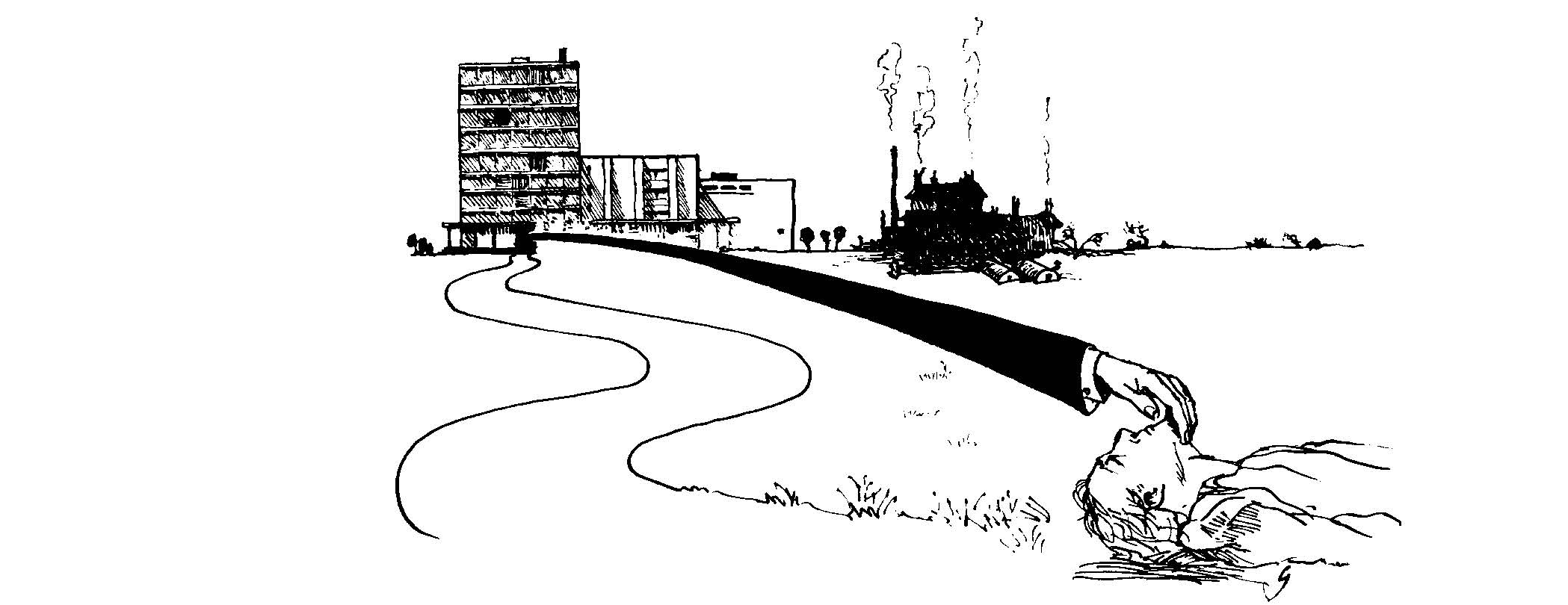Emergency by Design Thursday, May 7th Z-Panel | 3:00PM EDT
Main Article Content
Abstract
Event Video
https://academiccommons.columbia.edu/doi/10.7916/d8-3njz-v759
Graham Mooney, Moving the patient-passenger: cities, ambulances, and emergency medical care in the later 20th century
Garden, R. S. 1972. The war of the roads. Injury 4, no. 2:109-123.
Recent research by Andrew Simpson and Anne Merritt has pointed to the important contribution of ambulances to the establishment of emergency medicine as a medical subspecialty from the 1960s in the United States. A great deal of attention on both sides of the Atlantic was devoted to transporting victims of road traffic accidents safely and quickly to the locations of emergency care, reflecting much broader anxieties about motor car use as a social problem. For the most part, this concern was framed as a dimension of urban inequality in that it adversely impacted city dwellers, where the levels of traffic congestion tended to be most acute. This paper draws on insights from critical mobilities studies to examine how physicians, ambulance service managers, and urban health planners sought to overcome obstacles to the efficient transport of accident victims that were posed by complex urban infrastructures. Proposed solutions in the US and Europe included investing in dedicated communication systems between ambulances and emergency rooms, building centralized control centers, manipulating traffic flow technologies in real time, the use of helicopter ambulances, and the deployment of mobile emergency rooms. Some of these solutions were more concretely realized than others, but in this paper each will be interpreted in two ways. First, they were an attempt to reconcile the various demands of two kinds of infrastructure (i.e. health and transport). Second, they were constitutive of a nascent spatio-temporal emergency medicine rhetoric whereby “pre-hospital” care was explicitly contrasted to the “definitive” care provided in hospital.
Respondent: Rishi Goyal, Assistant Professor of Emergency Medicine and Director of Medicine, Literature and Society (Columbia University)

